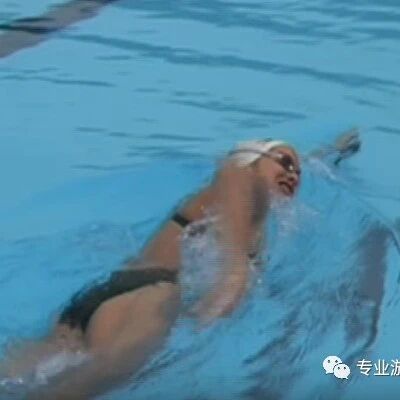Correct excessive lateral rotation to prevent hip collapse and enhance the fluidity of your freestyle stroke.
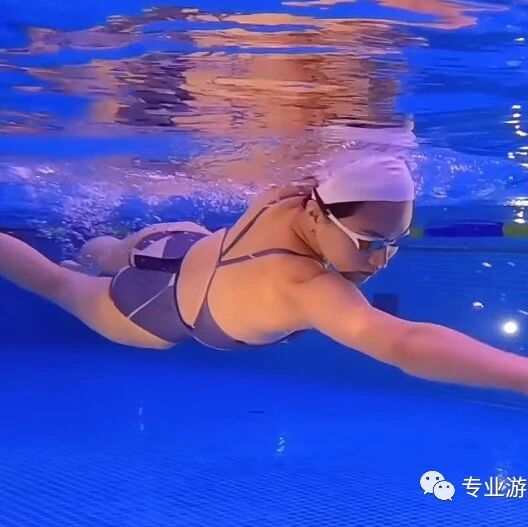
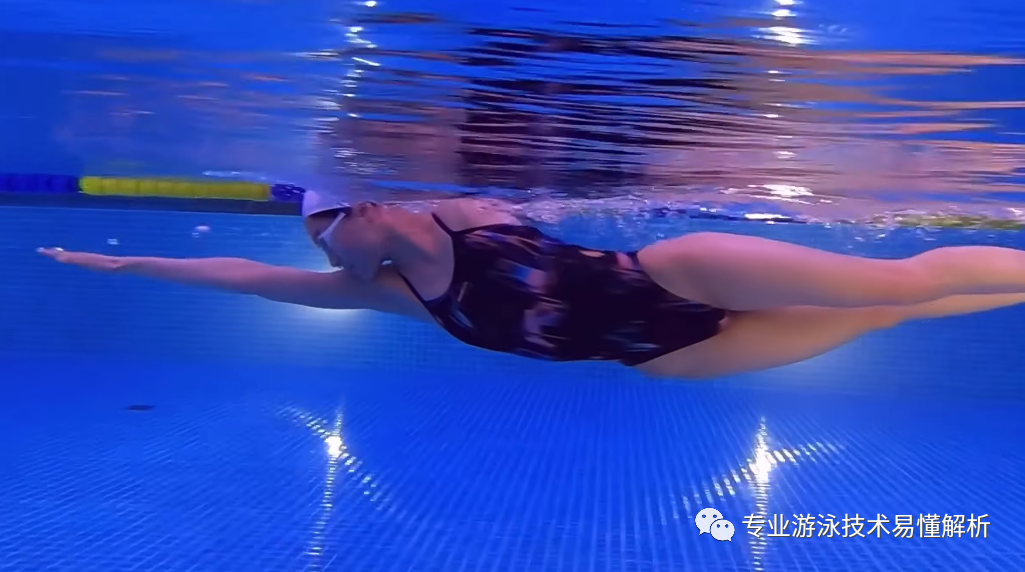
1. Why does lower back collapse occur?
Good freestyle swimming involves almost a side-to-side motion as you glide through the water. However, this lateral movement itself can easily lead to a collapse of the lower back—similar to what happens when performing a plank, where twisting your body causes significant downward pressure on the waist, making it harder to maintain a perfectly straight posture. That’s why it’s crucial to carefully control the extent of your body’s sideways rotation.
In general, the stronger your core muscles are, the longer you’ll be able to keep your body rigid during these lateral movements—and the greater the range of motion you can safely achieve. Conversely, if your core isn’t as strong, you’ll need to limit the amplitude of your body’s sideways turns to avoid losing alignment and maintaining proper form.
Generally, the body should not rotate more than 45 degrees to the side. For swimmers with strong core strength, reaching 60 degrees is already pushing the limit—beyond that, as the angle approaches 90 degrees, the body essentially ends up lying completely on its side in the water, which makes it harder to smoothly reverse the rotation back to the other side. For beginners learning to swim, the real challenge isn’t over-rotating; instead, it’s about ensuring they’re rotating enough—not just staying too flat and unable to glide efficiently through the water.
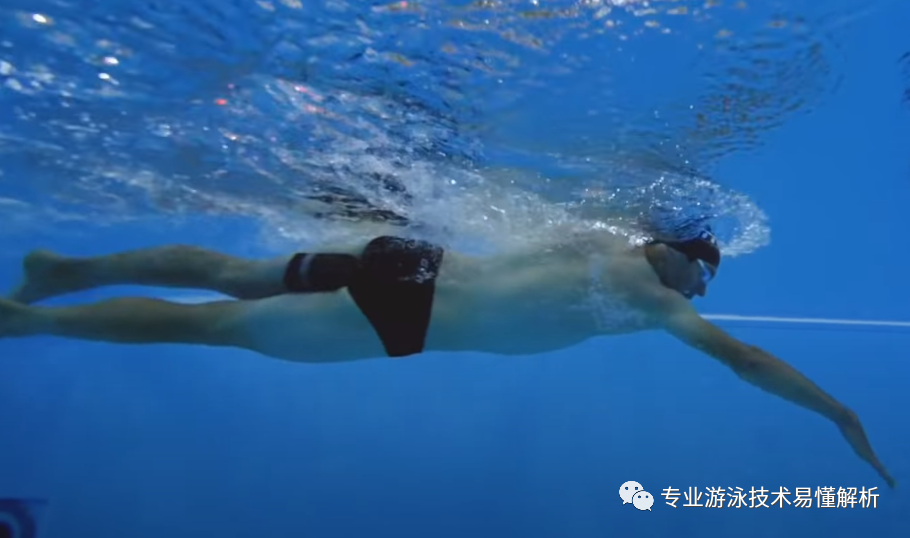
2. Propulsion and kicking from the perspective of body rotation
As you turn your body to the side, simultaneously perform the arm stroke and kick. When viewed from the angle of your body rotation, the arm movement and kicking are simply natural, flowing extensions of the body’s sideways motion. As long as your arms maintain that high-elbow, water-engaging position—even if they remain still—they’ll naturally push the water forward as your body twists. What swimmers need to do is ensure this pushing action feels smooth and effortless, letting it happen almost automatically with the body’s rotation. On top of that, adding a bit more power in the arm movements will enhance the efficiency of the stroke. Similarly, the kick significantly amplifies the body’s lateral rotation: when you kick your right leg, your body accelerates into a leftward turn, and vice versa—kicking your left leg causes your body to pivot swiftly toward the right.
Therefore, when kicking with your right leg, sweep the water with your right arm, and when kicking with your left leg, sweep the water with your left arm—this is the correct arm-leg coordination. Keep in mind that during the sweep, you should push the water as close to your body as possible, avoiding sweeping it too far away from your frame. A common mistake is pushing the water outward along the sides of your body or even farther beneath it, which leads to two major issues: paddling with an excessively wide or deep stroke. Not only does this approach waste energy and reduce efficiency, but it also increases the risk of arm injuries.
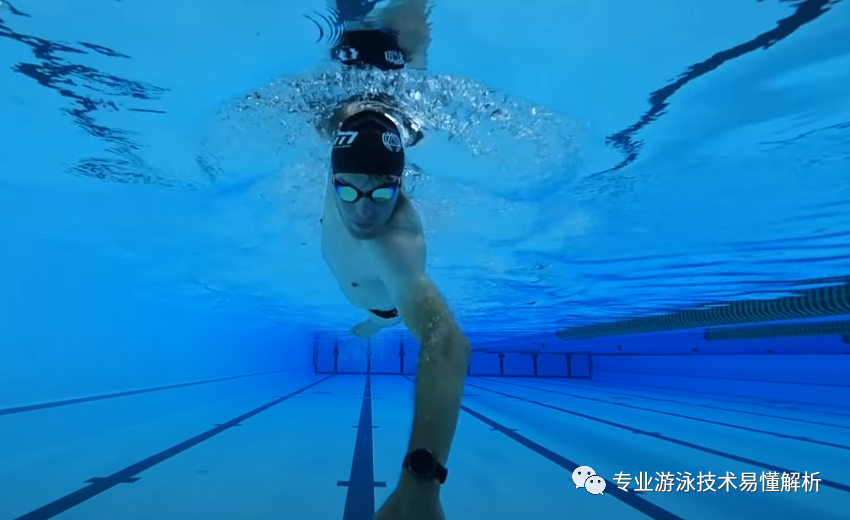
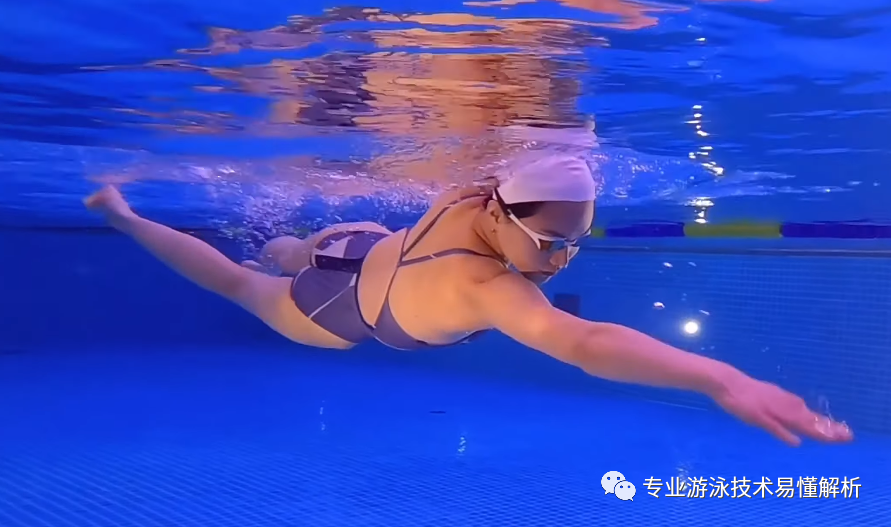
Related Articles
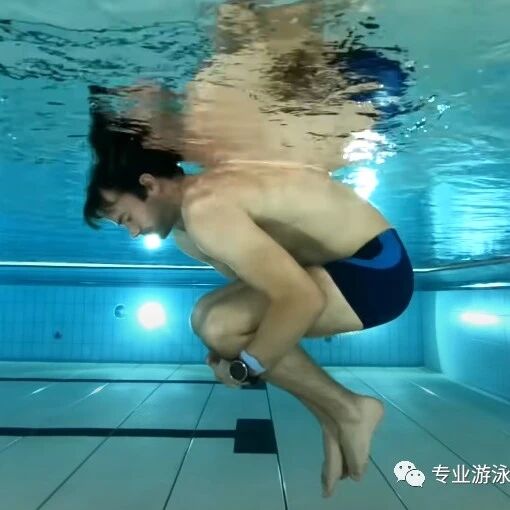
How do you stay afloat for long periods? Neither the egg-beating stroke nor the frog kick is as effective as letting yourself float naturally.
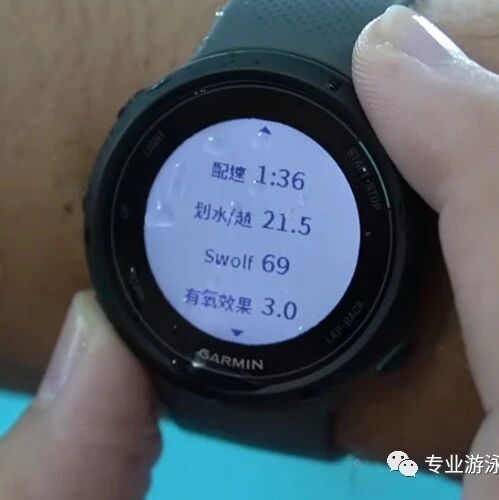
What’s the key to speeding up freestyle swimming? How should stroke frequency and stroke length be balanced?
